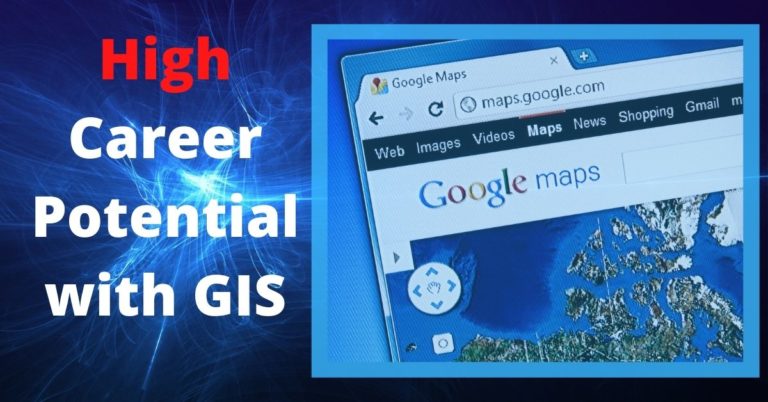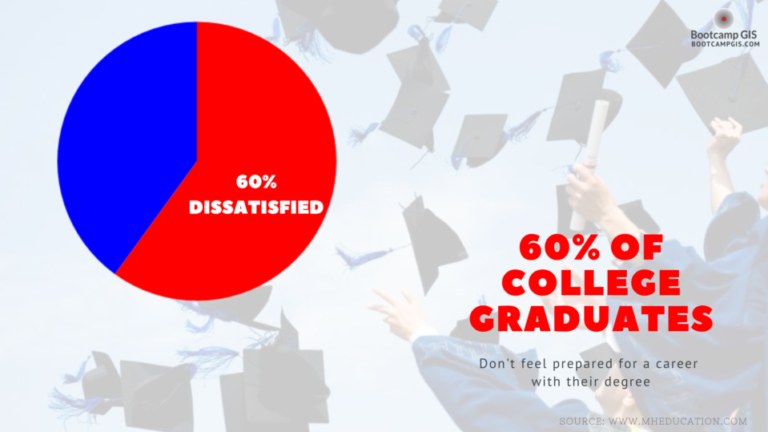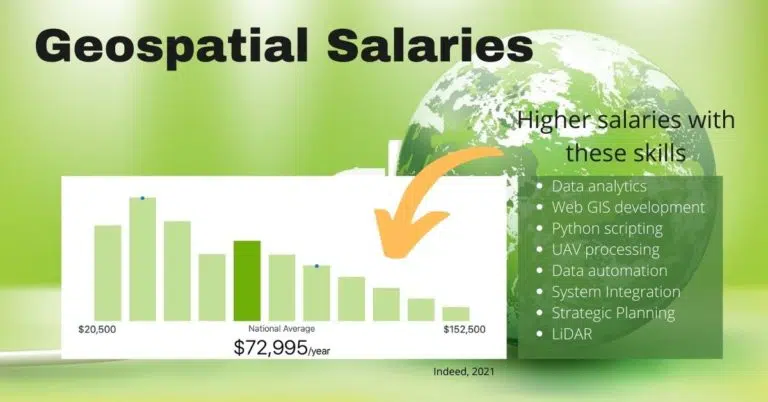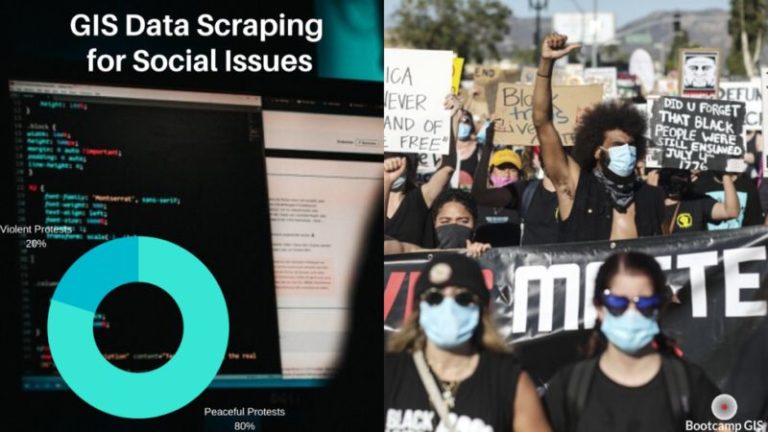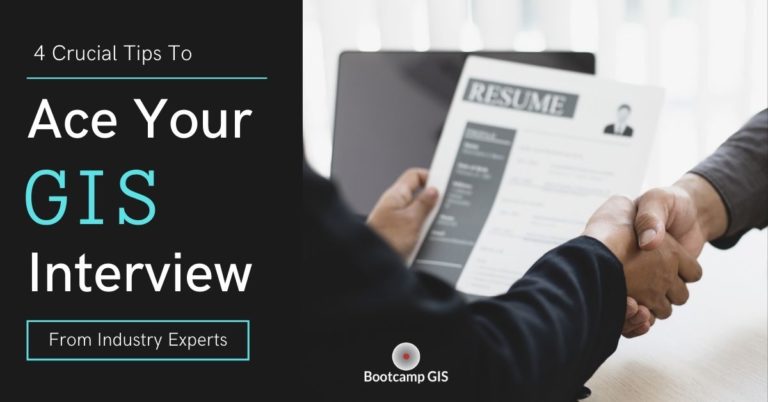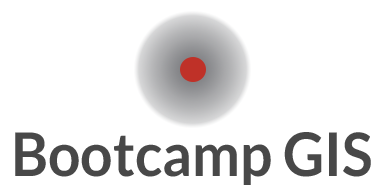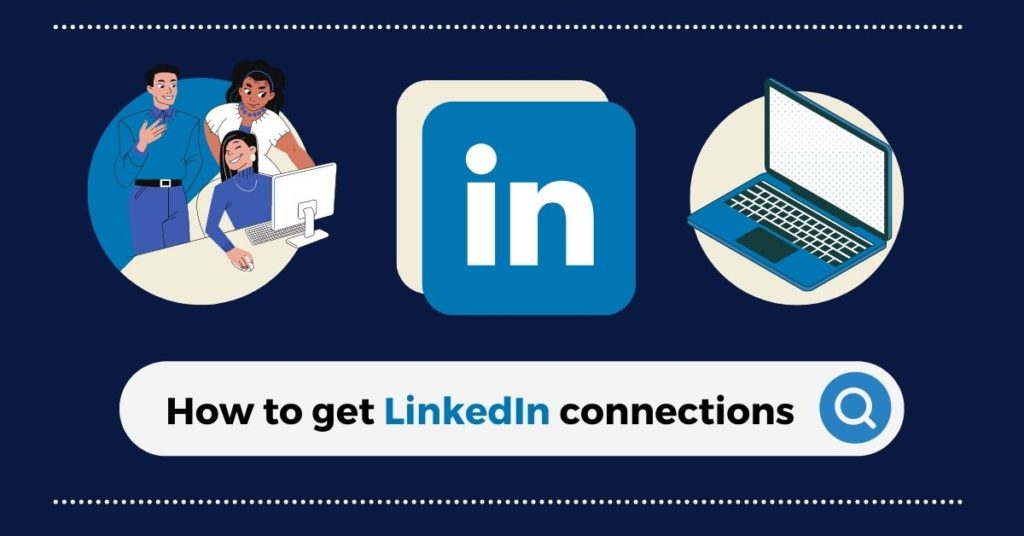
3 Tips to build your GIS Programs connections on LinkedIn
Did you know that if you type someone’s name into Google, the typical first result is their LinkedIn profile? This is a critical first impression! LinkedIn is an effective platform to grow your network with GIS professionals in any application area you are interested in. You might be new to using LinkedIn or have a lightly used account. Regardless, it’s time to take advantage of this professional networking mechanism to discover new people and opportunities that are doing the types of GIS you seek. Follow these tips if you want hiring managers to get a great impression in the least amount of time.
1. Make sure your profile looks professional
Begin by setting up a professional profile picture, if you don’t already have one. Having a face to connect your profile name and information to can make it more likely that people will connect with you. Your profile picture should be professional looking, but this does not mean you have to go into the studio to get a nice headshot. A photo of yourself that clearly shows your face (preferably taking up 60% of the image). You don’t have to be wearing formal wear, but your setting should not be overly social such as your spring break vacation on the beach. Also, remember to smile in your photo so that you look approachable!
Choosing the right header photo is part of branding your professional image. Rather than using a generic gradient, search for a photo that is relevant to your field of interest. If you’re in the geospatial industry, your header photo should allude to that–perhaps a graphic of a digital map or globe can work well. If you struggle with finding a good photo that fits the header, you can create your own custom header in Canva, using the “LinkedIn header template.”
Next, make sure you have the right headline–that short blurb that appears right under your name on your profile. Be selective with the limited character space you have, and consider who you want to be interested in viewing your profile. If you’re looking to connect with GIS analysts or coordinators, for instance, you should definitely emphasize your current or desired GIS position. It’s important to use a headline that reflects your career and industry goals; something vague like “Recent graduate from XX university” will not attract a lot of interest. You can read here for a more in depth explanation of what to write in a professional headline.
Of course, filling out the experience, education, and skills sections are a must. These parts are quite straightforward–treat it like a resume that has no page or time limit. If you find yourself struggling with the experience section, this article provides excellent tips on writing your work experience on LinkedIn. Something else that sets the experience section on LinkedIn apart from a typical resume section is that you have the ability to include media (photos, videos, links) that demonstrates your work. You should take advantage of this valuable real estate as this quickly shows the products you have created or the events you have participated in.
Likewise, the “featured” section on a LinkedIn profile is a great place to show off your best work, such as articles, or other media like images and videos. Displaying examples of your work can really highlight your skills and experience and improve the overall impression of your profile. This is content that never makes it to your resume.
Finally, the “about” section is an important place where you can introduce yourself, summarize your accomplishments, and market your professional potential. Double check your grammar, and speak in the first person. Begin with a brief introduction to yourself and what you’re currently doing. Highlight your most important achievements, but also project what your professional mission is. Show your audience that you are both driven and have valuable skills and experience.
2. Hunt for desired people in your interest area
Your profile is all set up now. Yay! Now the search begins for connections. There are a couple ways you can look for people on LinkedIn. Let’s say your area of interest is renewable energy in GIS. Firstly, consider any events or GIS conferences you recently attended related to your field. Did you meet anyone at these conferences who worked in a field related to renewable energies and GIS? If you remember their names, you can definitely try to find them on LinkedIn.
The other way to find lots of potential connections is by joining groups related to your field of interest. LinkedIn has a plethora of groups related to a number of fields. You can search through a variety of GIS groups. Searching for “Renewable energy GIS” is more specific, but it still returns a few groups you can join. Simply find a few groups of interest and join them, and you will see that there are hundreds if not thousands of GIS analysts and GIS managers who share a similar interest with you. Look at the profiles of people posting in these groups, and even go through the members list if you feel inclined. You can definitely find at least a few people within these groups to connect with.
The other way is simply typing in your interest area (ex. Renewable energy GIS) into the LinkedIn search bar and looking at the people who pop up. Another option is to type the same thing into the google search engine, but including “LinkedIn” at the end (ex. Renewable energy GIS LinkedIn). Go through the search results and find your people of interest.
3. Send them an inviting message.
We’ve reached the final step–actually sending a request for connection. But don’t treat this like sending a Facebook friend request. LinkedIn provides the option to include a Note with your invitation that is up to 300 characters in length. Definitely use this message space to maximize your chances of being accepted as someone’s connection! It can be very helpful to look at their profile and learn a little more about them. Briefly introduce yourself, and explain how you found them if applicable (i.e. at a GIS conference, posting in a GIS group, through mutual connections, etc). Describe why you would like to connect with them. Maybe you are finishing your GIS degree or GIS Certificate and you want their advice. You can mention the person’s experiences if you’re interested, and sign off with your name. Then, hit connect, and wait to get accepted as a connection! Every invite message should be tailored to fit a different audience–example templates can be found here for connecting with people based on your relationship to them.
By following these three steps, you should be able to gain professional GIS Certification connections on LinkedIn and subsequently grow your professional network. What’s important to keep in mind is that you shouldn’t fear rejection when sending connection requests. If someone doesn’t end up connecting with you, even after curating your profile, don’t dwell on it. Just find other people to connect with, and your connections list will surely grow. We find that you will get about a 25% connection success rate. So send 10 invites and get 2 or 3 connections. Not bad. We hope that this has made finding LinkedIn connections less intimidating for you. Good luck on growing your GIS network with windows to new GIS careers or project opportunities.

